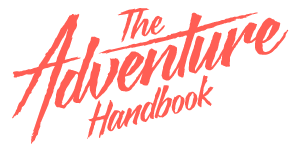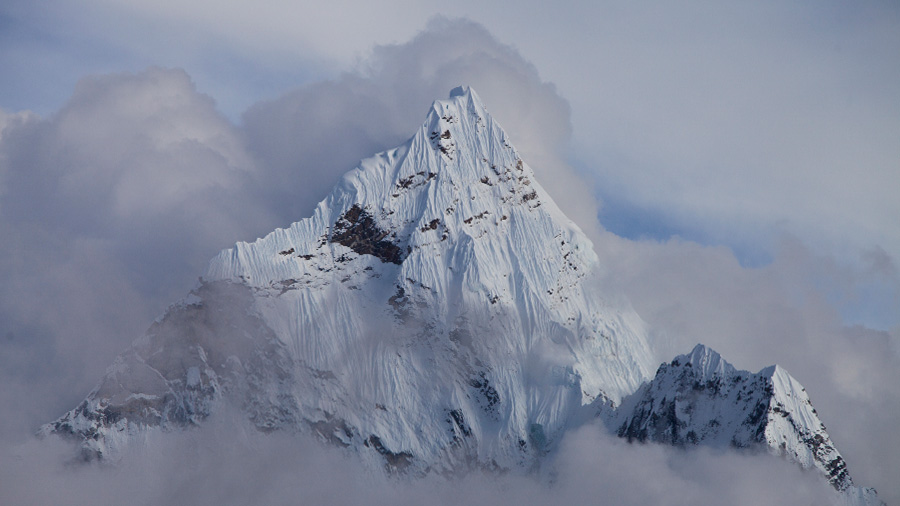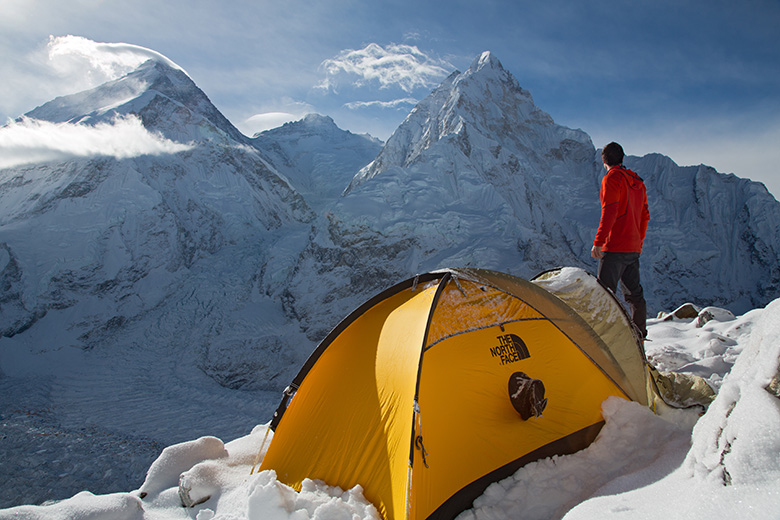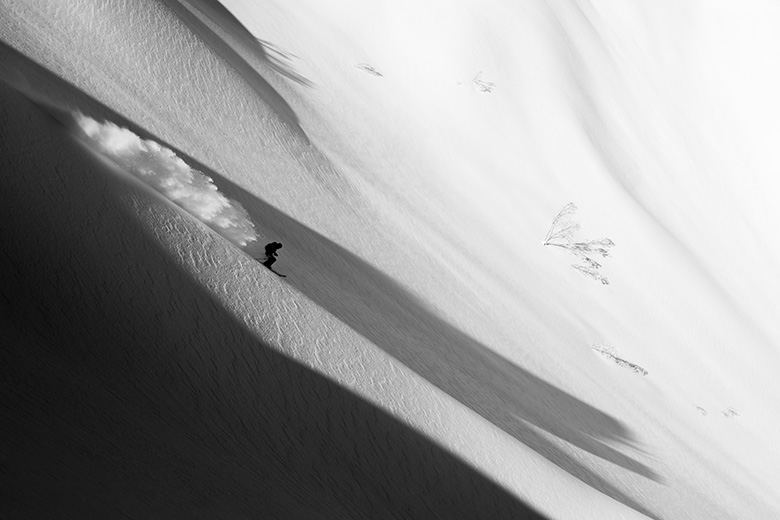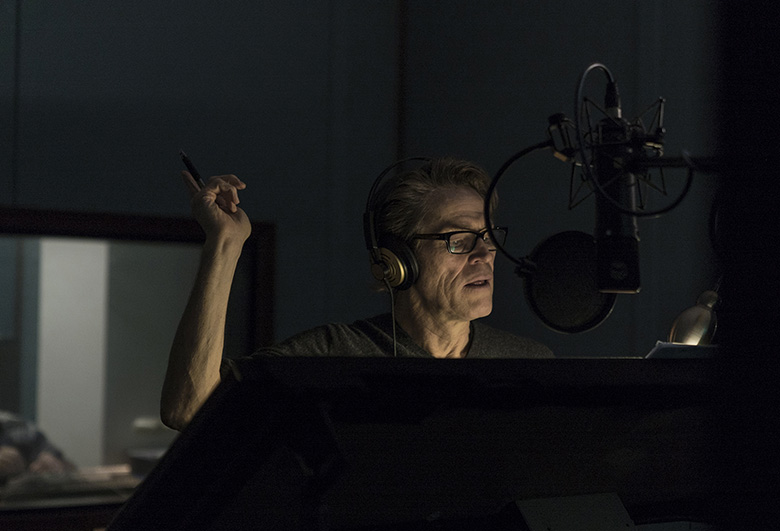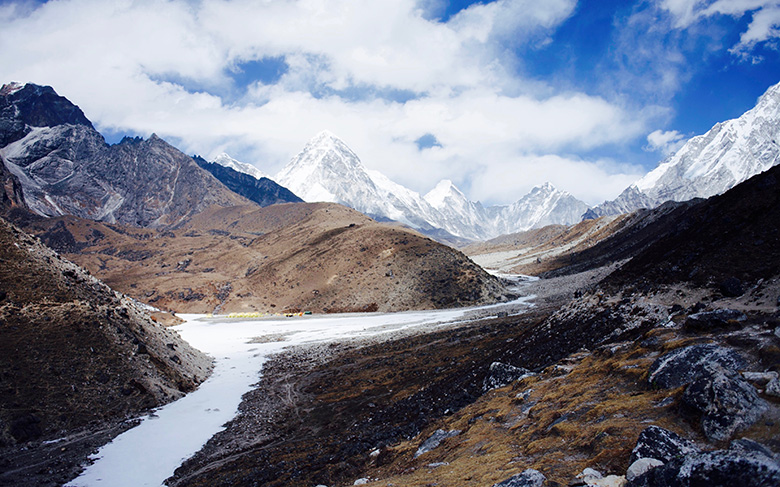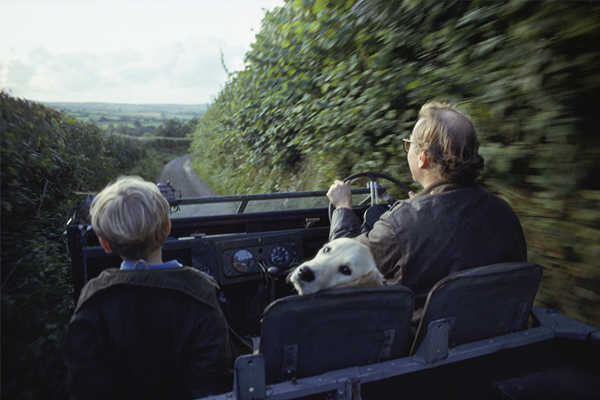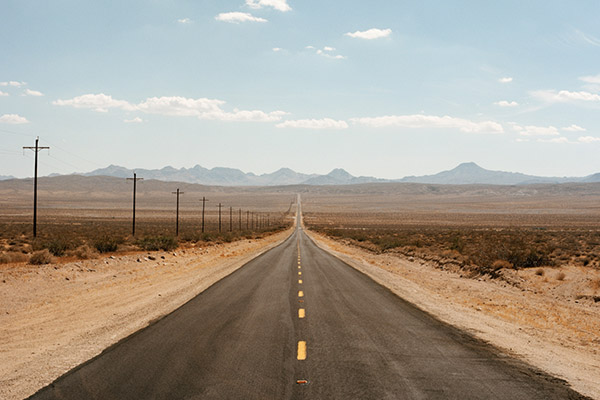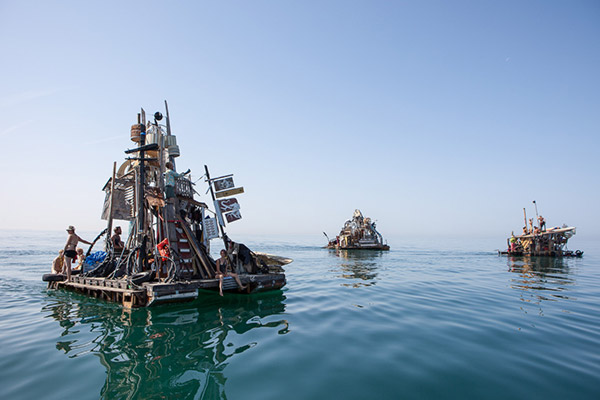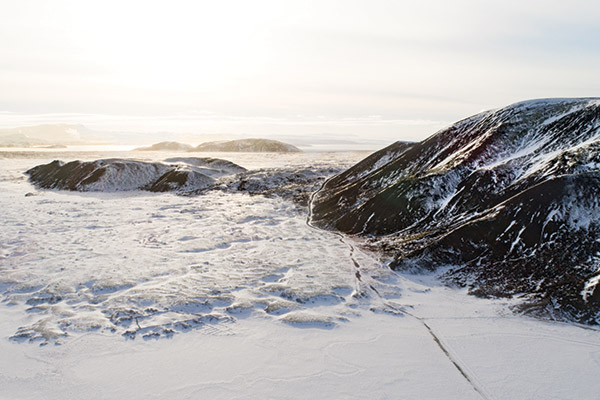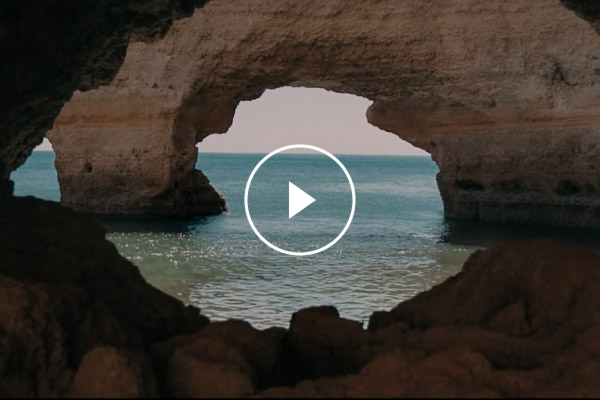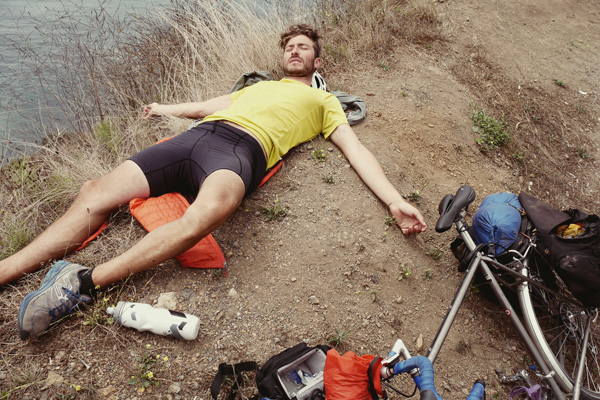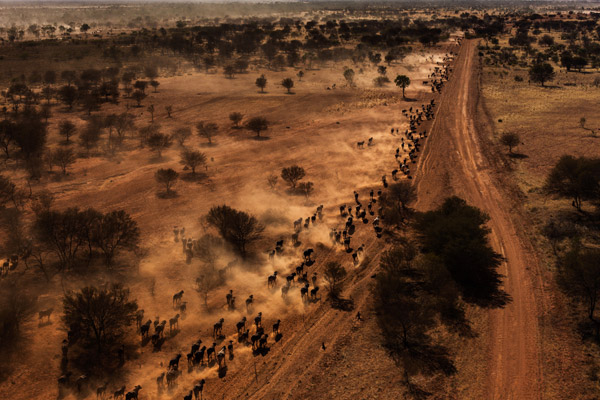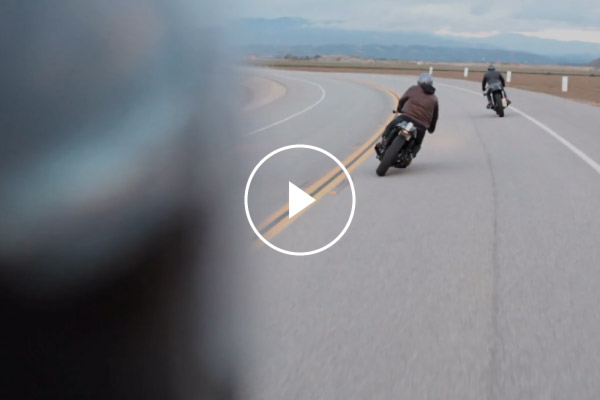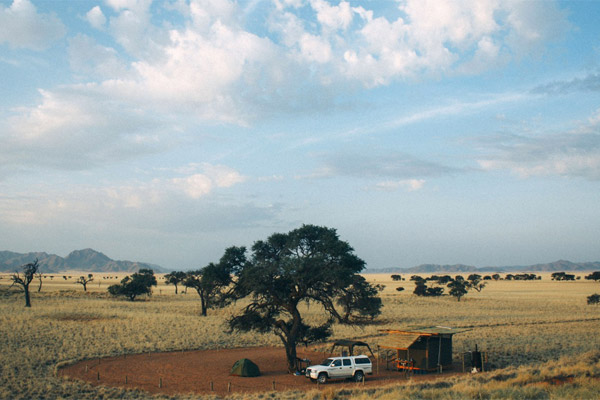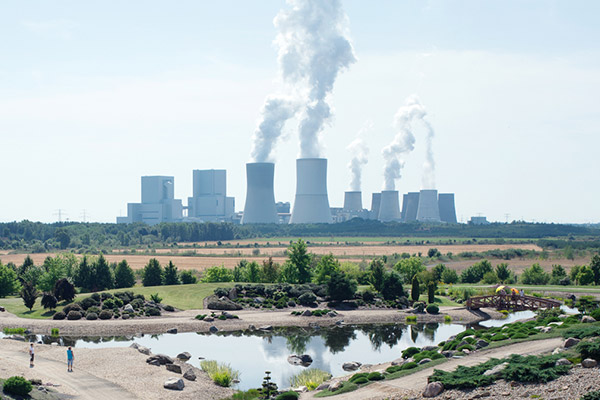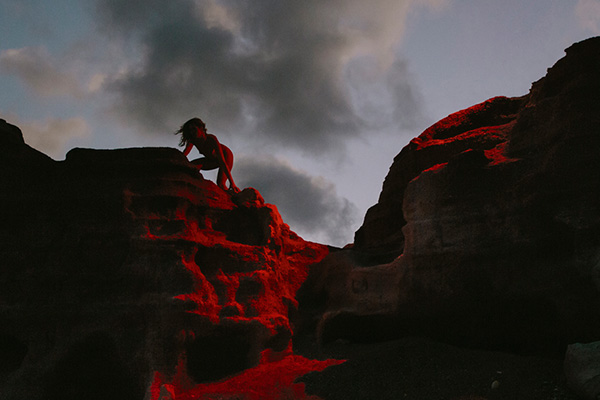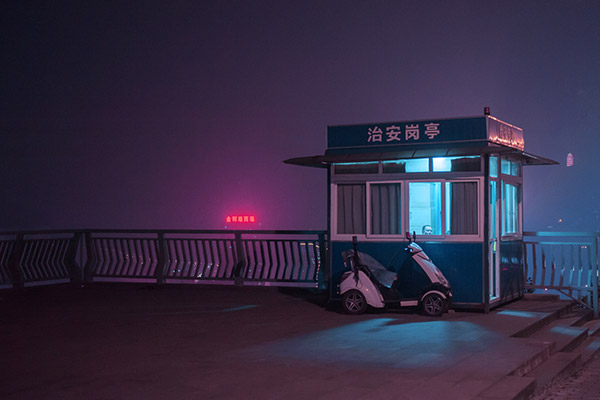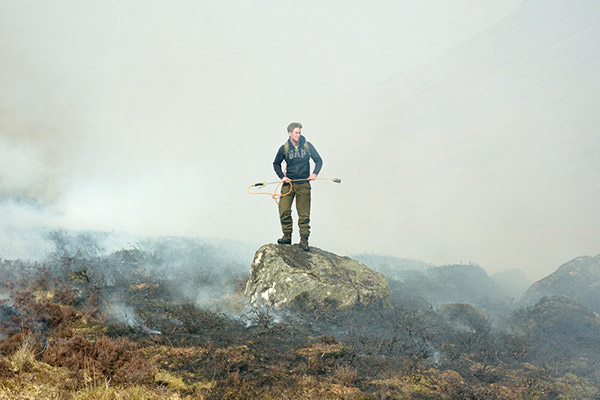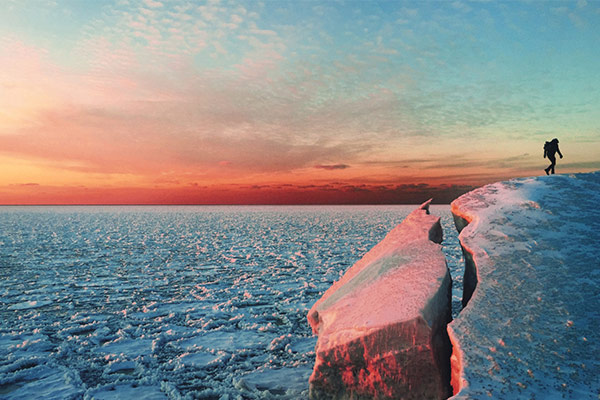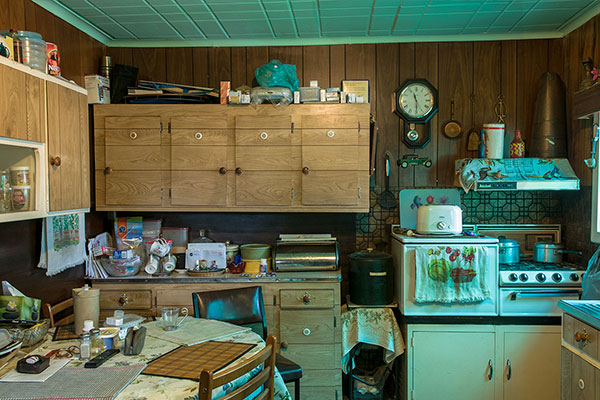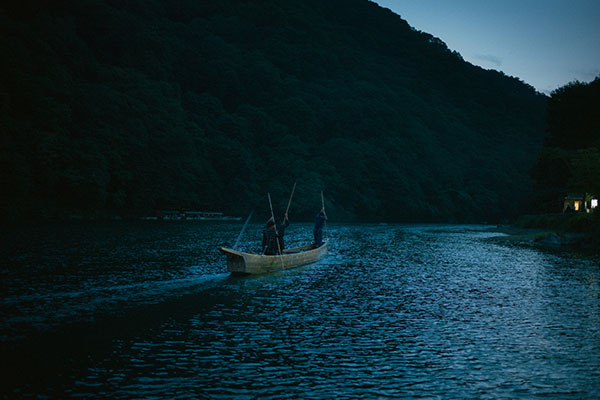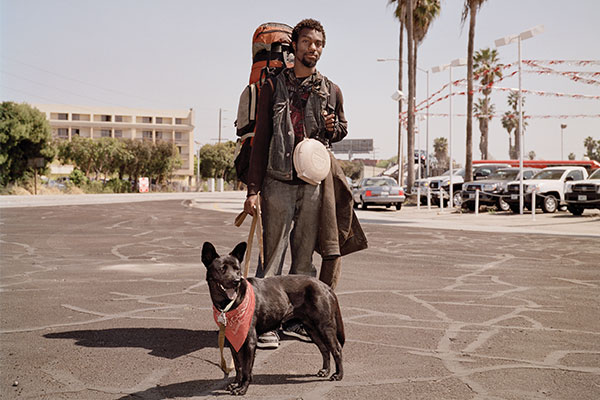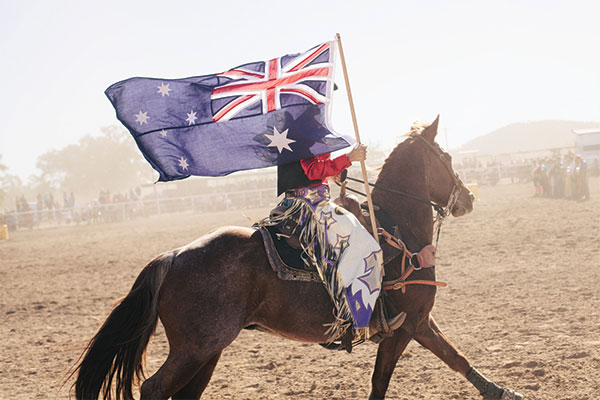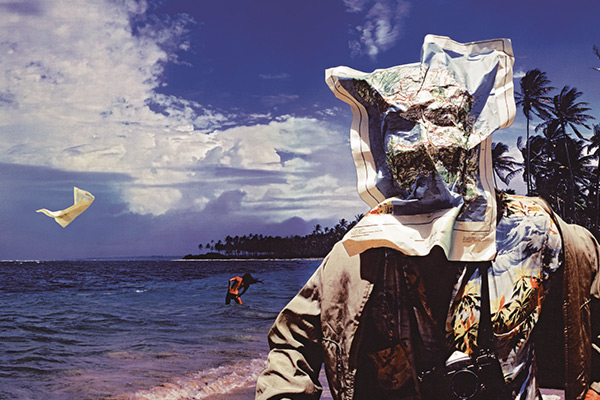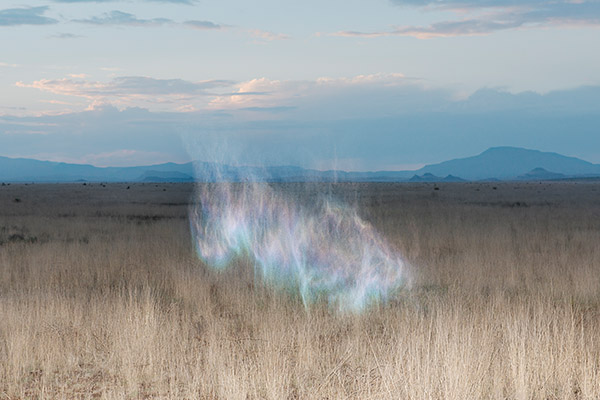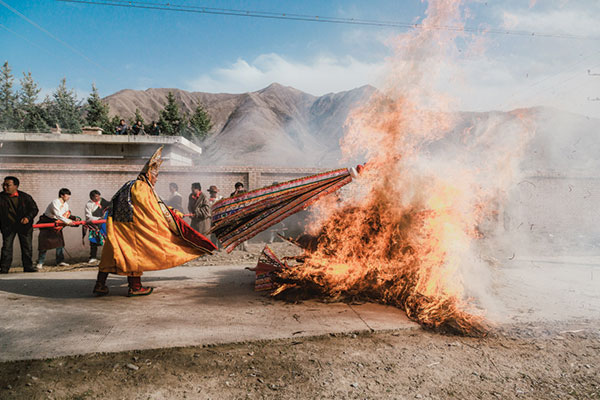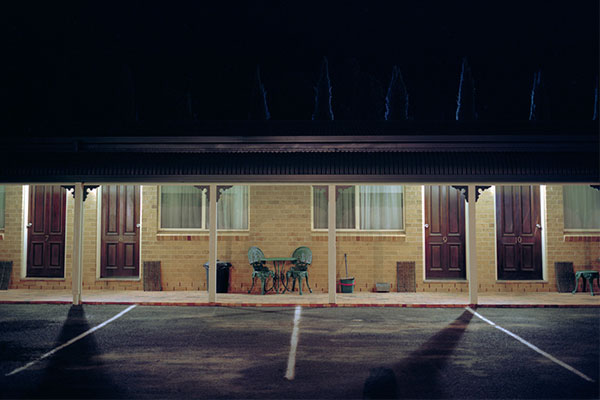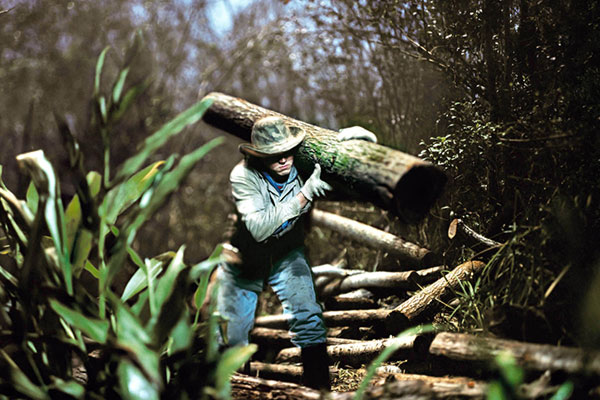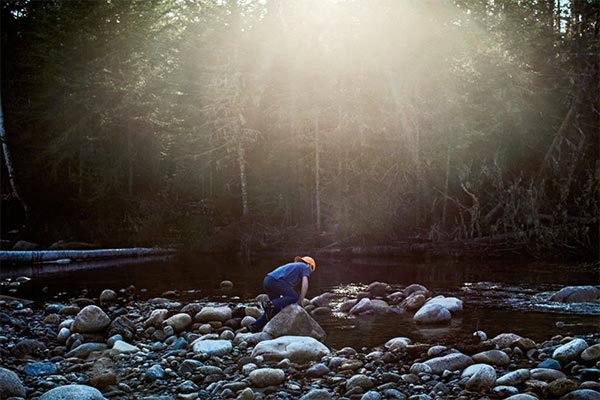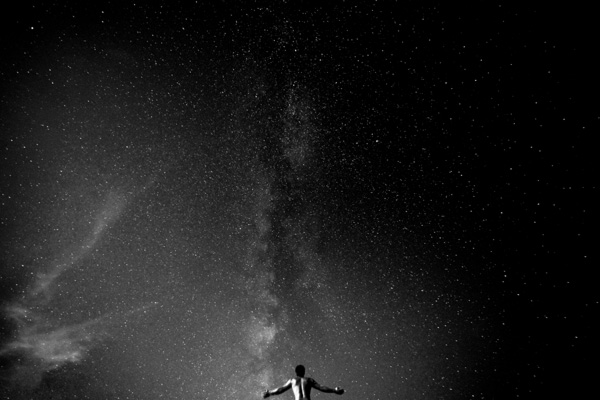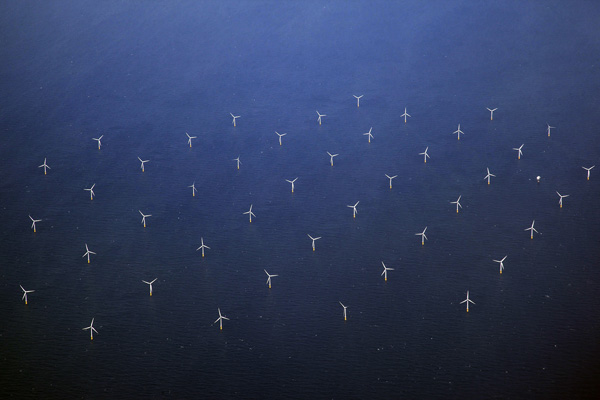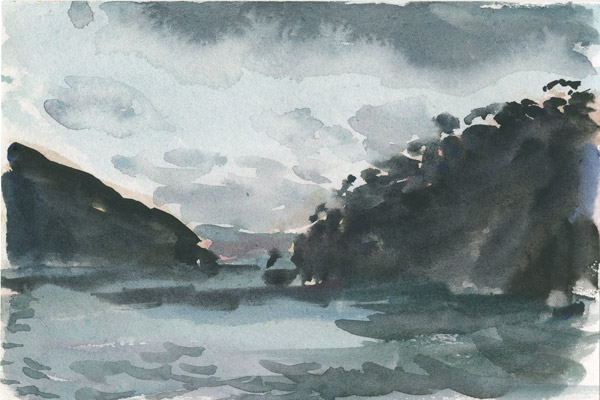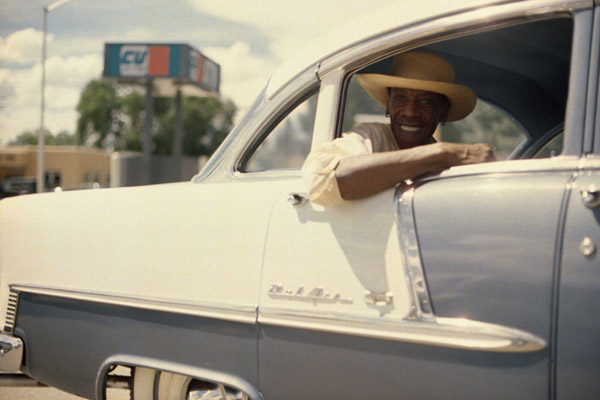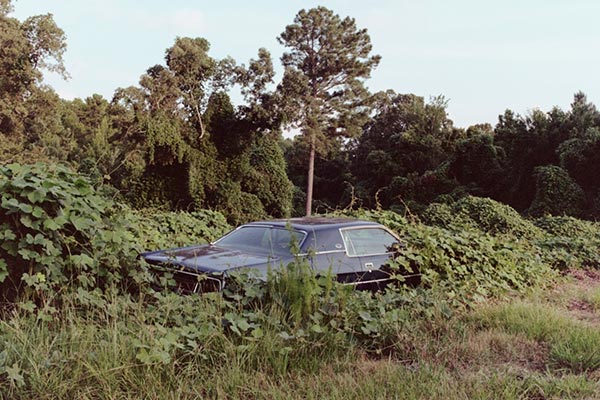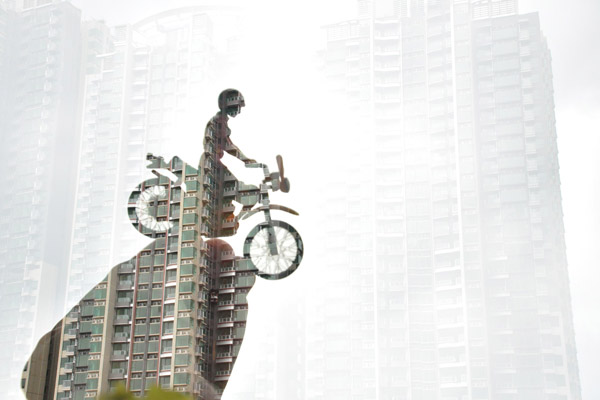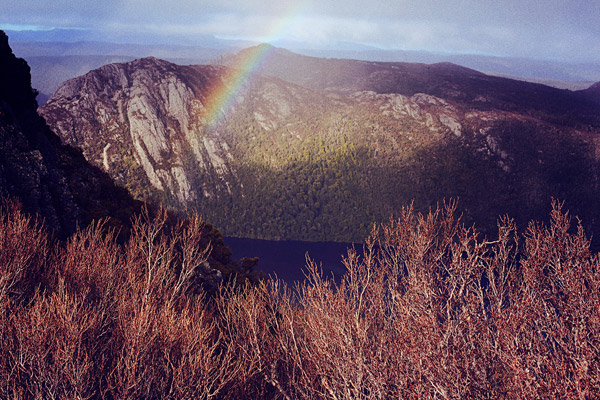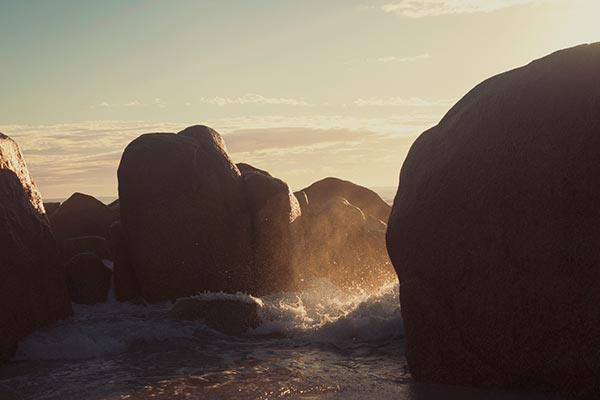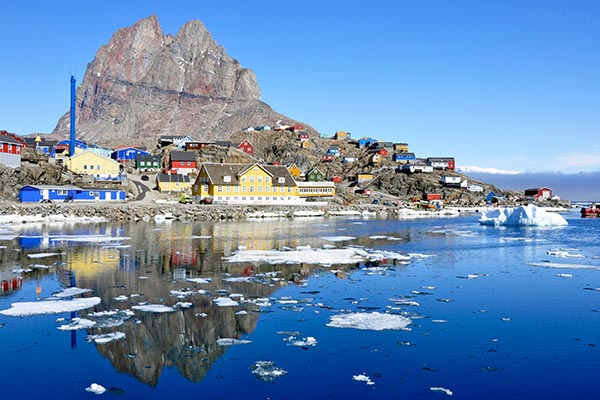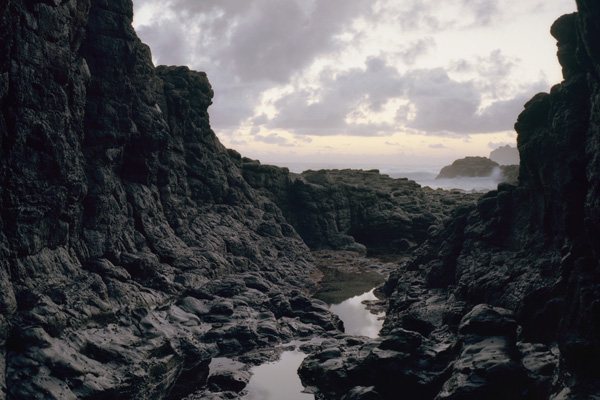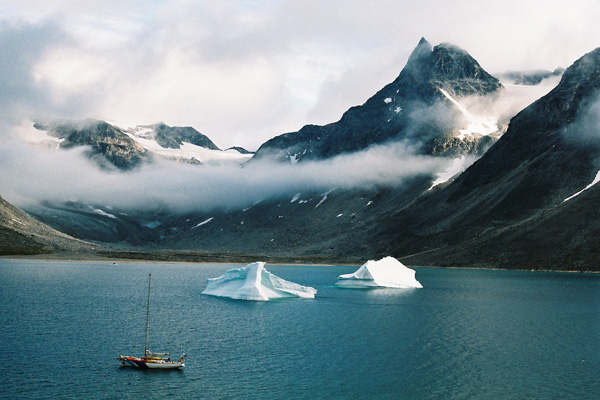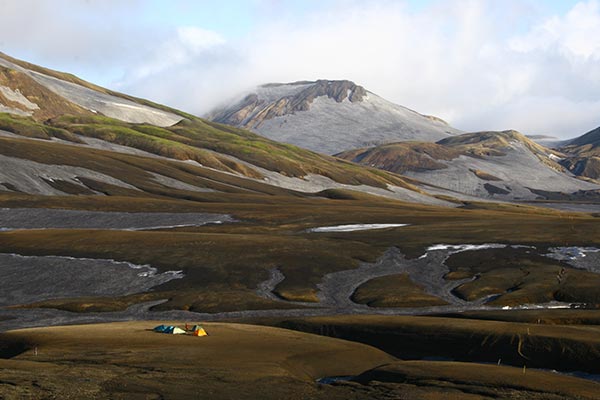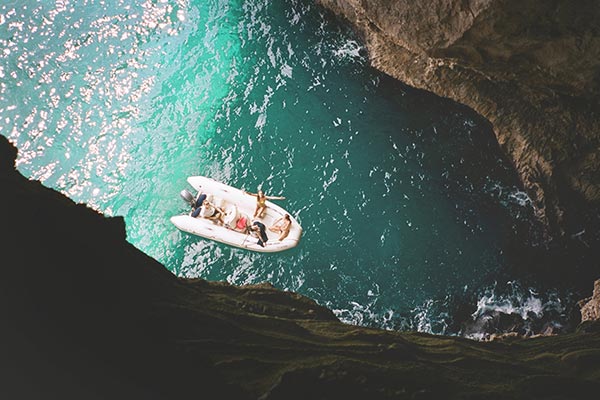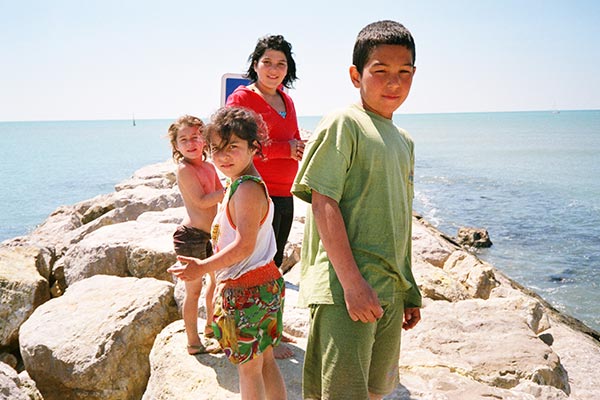When Jennifer Peedom released Sherpa in 2015, its beautiful, horrific and sometimes devastating scenes challenged viewers, giving them pause for thought. The documentary centred around the tragedy of the avalanche on Everest that killed 16 Sherpa as they prepared the way for the clients in their expedition company, and the subsequent Sherpa strike that ended the 2014 climbing season. Her latest film Mountain feels like a natural follow up, taking a contemplative look at the reasons the Sherpa were in the Icefall in the first place. The Australian documentary maker teamed up with Richard Tognetti and the Australian Chamber Orchestra, cinematographer Renan Ozturk and the words of Robert Macfarlane, as read by Willem Dafoe, to look at the mountains themselves, and how far our fascination with them will go.
Where does your love for the mountain come from?
I grew up in Canberra and we used to go down to the mountains, most holidays were bushwalking, camping, cross-country skiing, that kind of thing, so I guess I had an openness to it. In my 20’s I was living in Bondi with a bunch of New Zealanders who got me working on some of their adventure races as a camera operator, and a lot of them, being New Zealanders, were also mountaineers and I had the opportunity to go and trek in Nepal with one of them while they pre-acclimatised for an Everest expedition.
I still remember landing up there in Lukla and walking through those mountains and just kind of feeling my soul expand. It was something that really hit me from day one, it just somehow felt like the most natural place for me to be. I get asthma from dust and things, but when I’m in the mountains I feel at my physical best. On that trip I found out that I can acclimatise more easily than some at altitude, which is a genetic lottery.
I was really attracted to the Sherpa people and culture and the harmony in which they existed in that environment, and then witnessing that against the real arrogance of some of the people that come to climb Everest.
I was really attracted to the Sherpa people and culture and the harmony in which they existed in that environment, and then witnessing that against the real arrogance of some of the people that come to climb Everest. I was interested in that right from the get go and on that trip started thinking about a documentary. I did a piece for Dateline on the Sherpa’s a decade before making Sherpa, so it has always been something that for whatever reason I was drawn to, that East/West collision, and over the years I’ve witnessed how that was shifting.
In your experience how has that collision impacted the broader Sherpa community?
Facebook and the Internet have had a big impact on that community, because they were able to actually see how they were cut out of the documentary where they saved the guy, and it only showed him looking heroic at the summit and not the fact that they saved him. So they’ve become more confident and started becoming more vocal about that.
What I do know about Sherpa’s is that they’re hugely proud of their identity, they realise there’s value and power in that and they will work really hard to maintain and preserve it.
I think it’s like any group of people moving towards self-determination. In the end we’re all human and we just want our kids to have a better future, it’s as simple as that. If that means climbing Everest and guiding foreigners for a certain number of years, until your wife just can’t handle it anymore, then so be it. It’s a constant conflict like for the rest of us, working too hard or having time with your family.
What I do know about Sherpa’s is that they’re hugely proud of their identity, they realise there’s value and power in that and they will work really hard to maintain and preserve it.
What did having the Australian Chamber Orchestra as a resource allow you to do differently?
The main reason I took on this film was that it was a creative challenge; it was something that I hadn’t done before. I knew it was going to be difficult, given that as it was to be musically driven I wasn’t going to be able to rely on characters to take us through the story. So it was creatively challenging, but to have an orchestra of that calibre performing the score was just a magnificent opportunity.
Then it was really a question of working with Richard (Tognetti) to find the right pieces of music to express what we both wanted to say. In a collaboration like this it’s not a normal director-composer relationship, it was a true collaboration in that sometimes he had things he wanted to say about mountains that were different than what I wanted to say. Then Robert Macfarlane had something to say, and then Renan Ozturk the cinematographer too, and that really broadened it out and was the beauty of it.
The shots themselves are so demanding, it’s almost like you’re orbiting around them in a way.
When you have particular shots that are so beautiful, it’s about supporting that musically. Other times we would say here is an amazing piece of music, this feels like it would be a great place to express this happiness and freedom and wildness. So sometimes the music would dictate the scene, other times the words would.
And then harnessing Robert Macfarlane’s poetry is one device and then the beautiful music and the incredible images, it was all part of the idea to express something much bigger.
Just three centuries ago we were terrified of mountains because gods and monsters lived there, yet in this incredible short period of time we’ve come to throwing ourselves off them.
Minus the narration, your film reminds me of Ron Fricke’s Baraka or Samsara, like a visual history of extreme, far-flung cultures and places. Is Mountain an impartial observer or does it take a point of view?
In the beginning when we set out to make this, obviously Baraka was a reference. As we started to narrow it down and we brought in Robert’s words, it really did become more specific to our modern fascination. It took on the western point of view, even though we consider eastern points of view as the better viewpoints in certain scenarios.
Just three centuries ago we were terrified of mountains because gods and monsters lived there, yet in this incredible short period of time we’ve come to throwing ourselves off them. How did we get from there to here? How did that revolution of perception take place? Having that focus informed the point of view from being too broad and really gave it a narrative structure.
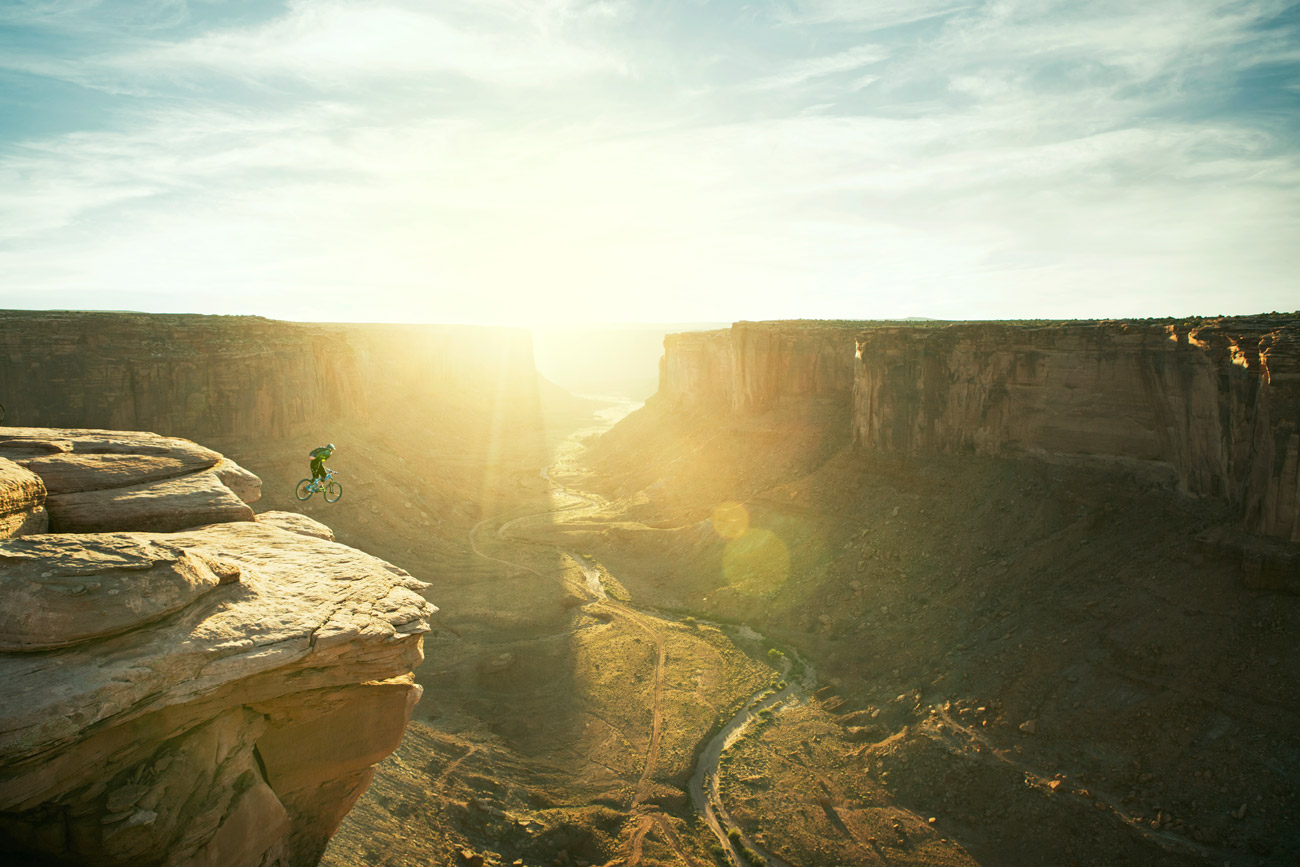
There’s a line in the film ‘How did it come to this?’. Have mountains in a sense become a commodity, and how do you think they have?
There is a huge Mountaineering community out there that have reverence and respect for the mountains, and to be in them is to sort of self-expression where they’re exploring their limits. On the other side you do have these massive brands egging these guys on. There becomes a kind of one-upmanship and the stunts get crazier and crazier, they push each other and that becomes normalised.
I get that some people have a different relationship to risk and their brains are literally wired differently, that they need to stimulate themselves more than other people in order to feel alive, but I wonder a little bit about the responsibility of the brands that pay them to do these things to get massive Youtube views. Half the wing-suitors in the film are now dead.
Do you think it’s possible, or even desirable, for the west to revert back?
There’s always going to be a portion of the population that are going to push the extremes. A lot of the people that I’ve come to know in the Mountain community, like Renan, their reverence and respect is just so beautifully evident in their cinematography, it’s why they’re the best in the world, because they pretty much only work in the mountains and they know how to express them visually.
…I wonder a little bit about the responsibility of the brands that pay them to do these things to get massive Youtube views. Half the wing-suitors in the film are now dead.
People like that are leading the charge and helping us regain respect. There is a huge movement in that community to save our winters, where a lot of those super famous snowboarders and athletes are joining these movements to possibly try remind the younger, kind of crazier guys that there is something bigger at stake here. They’re exploring their limits. On the other side you do have these massive brands egging these guys on. There becomes a kind of one-upmanship and the stunts get crazier and crazier, they push each other and that becomes normalised.
I get that some people have a different relationship to risk and their brains are literally wired differently, that they need to stimulate themselves more than other people in order to feel alive, but I wonder a little bit about the responsibility of the brands that pay them to do these things to get massive Youtube views. Half the wing-suitors in the film are now dead.
Where do you think the state of mountains are headed if we continue down the path of commercialisation?
What the film tries to express is that mountains were here before we even dreamed of them, and they will watch us leave. In some senses they are so much bigger than us that they won’t care. From a climate change point of view, already we’re seeing that the snow is disappearing, blocks of ice are falling off, magnificent glaciers are shrinking; we know all of that. That is going to have a massive knock on effect on the wildlife that live in those spaces, it will ultimately have an effect on the water supply to millions or billions of people. I think we’re the ones that are going to suffer more than the mountains.
What the film tries to express is that mountains were here before we even dreamed of them, and they will watch us leave.
Mountain doesn’t waste any of its time explaining the facts of climate change. What impact do you think the poetry of the film will have on sustaining the sacred summits?
There was a climate change story in Sherpa as well, and my approach is to not be heavy handed, to make people feel it so physically that they’re inspired to do something about it. I don’t like to bang people over the head with those messages because my experience of it people tune out. So I would rather show the fragility and inspire people to realise how beautiful these environments are so that they want to be in them, and the more you’re in them, the more you’re going to care about them.
“Risk has become its own reward’ – this line in the film seems to not only apply to mountaineers and thrill-seekers but brands, photographers, studio executives, Sherpas, yourself even. For someone with such extensive experience in risk, reward and tragedy, what insights can you share about the ethics in the industry of risk itself?
When you start talking about a film project like this, you talk around the idea of risk, with risk very much a theme in the middle of it all. What I realised by the end of the press day after the premier was that what I and Richard and Willem are interested in, and certainly Renan is too, is that it’s about having a big life. We’re very much all people that dive into the experience. What drives us is new and interesting experiences, and with that comes a lot of risk, be it physical or creative.
When you think about what Richard does up there, watching him perform this thing live, it’s an absolute nail biter, he takes tremendous creative risks all the time. I think that’s why I was drawn to Willem Dafoe, because aside from his amazing voice, he is someone who will take a chance on a director or a challenging role that maybe other A-list actors may not take. One of the things that he said to me was that if a film doesn’t turn out that well, he just returns to that place of ‘why did I do it in the first place’, and it was for the experience.
It was the same for me, this was a creatively risky project for me and there were times where I didn’t think I was going to pull it off, but I’m about the experience and extending myself, otherwise you get stuck in a rut and continue to make the same thing. So it was important to me to push myself and I’ve just learnt you get through that by taking a big breath and putting one foot in front of the other.
Mountain is now screening in cinemas Australia-wide
Receive a postcard from us sign up

